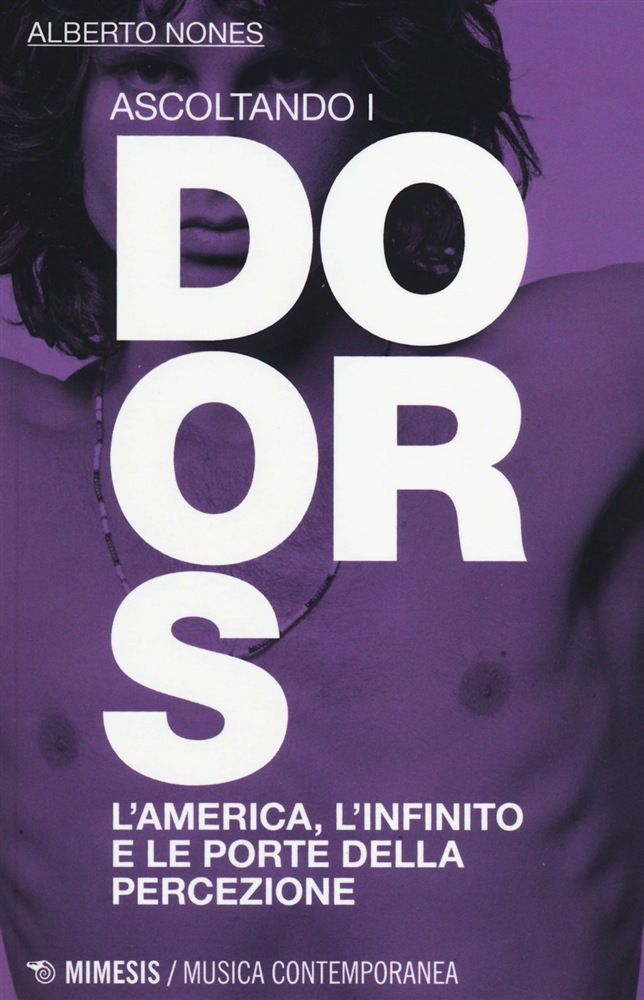Uno dei sussulti dell’esistere riguarda l’arte. Parte da questa considerazione l’autore di questo notevole libro, una raccolta di saggi che sono una testimonianza di una sincera passione.

Il primo testo è dedicato alla Zattera della Medusa di Théodore Géricault, un capitolo in cui l’artista supera il realismo in nome della forma. In questo fatto, non solo storico, l’umanità si degradò, come, stranamente, i materiali dell’opera stanno facendo ogni anno che passa. Tocca poi a Eugène Delacroix, artista intruppato nei romantici ma che ebbe ben altre aspirazioni. Egli propugnò infatti un colore che fosse preambolo per ogni immaginazione e che avrebbe avuto ancora tanto da dire in futuro. Si passa quindi ad analizzare la vita e l’arte di Gustave Courbet, autore che fece del realismo il suo credo ma che seppe esprimere tanto altro. L’arte di Édouard Manet diviene invece metafora per comprendere come certe poetiche abbiano sedimentato taluni percorsi nell’attualità dovendosi raffrontare con una censura che li ha indelebilmente marcati per il loro venire. Si passano poi ad analizzare alcune opere di Henri Fantin-Latour, quindi si ricorda come l'arte di Paul Cézanne si fosse nutrita dell'antico per dipanare percorsi della modernità che sarebbero stati portati avanti da altri. E' la volta poi del rapporto tra Edgar Degas e le figure femminili da lui immortalate, in realtà una modalità per estendere il concetto di forma umana e movimento. I noirs di Odilon Redon, sovente condiderati mere illustrazioni, hanno invece capacità di scoperchiare mondi immaginari ancora attuali. Nella notevole ricerca di Pierre Bonnard uno dei pezzi più rilevanti, per la carica drammatica, risulta essere Angolo di tavolo ( 1935 circa ). Édouard Vuillard fu protagonista di una carriera con alti e bassi, scevra però di riferimenti alla modalità con cui conduceva la propria vita personale. Arte perciò non corrisponde sempre a vita. Si passa quindi a Félix Vallotton, autore di opere caratterizzate da una “ profonda dissonanza emotiva “. Georges Braque visse un confronto con Pablo Picasso che ne ha definito non solo la propria parabola creativa. Rimase comunque una persona che mantenne una sua peculiare ricerca, anche quando non ebbe più grandi estimatori. René Magritte ebbe in David Sylvester un notevole interprete e perdurò in un'indipendenza che lo fece viaggiare su differenti registri poetici, anche rivolti al passato. La ricerca di Claes Oldenburg è arte che “ offre gargarismi visivi “ di un mondo consumistico e kitch che sfugge a certe cernite troppo tranchant. Dead Man di Ron Mueck ha avuto dei precursori che però non ne dimuniscono la portata significante per l'attualità. Lucian Freud visse in grande riservatezza e pretendeva obbedienza estrema dai suoi modelli. Inoltre si confrontò perennemente con Francis Bacon. I suoi quadri di donne nude sono forse un limite per un artista che, secondo l'autore, doveva tentare di misurarsi maggiormente con altri soggetti. Howard Hodgkin proponeva una pittura intima ma furente, difficile da declinare con le parole. Questo autore sembra il tipo di artista preferito da Julian Barnes, quello che con la propria opera non ha mai finito di interrogarci ulteriormente. Tali pillole esemplificate nel libro sono un viaggio in quell'arte che sa fare proprio questo.
- Stefano Taddei
Julian Barnes
Con un occhio aperto
Einaudi
pp. 296




